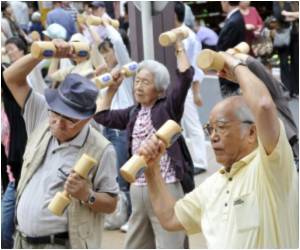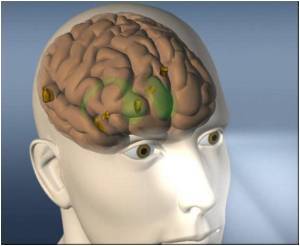Study points to health differences in physical fitness levels between older adults who are patients of health centers and those members of medically affiliated fitness center.

The community health centers serve vulnerable populations, including those without health insurance; the medically affiliated fitness centers serve a more affluent population. Otherwise, the age and health literacy of study participants in both groups were the same.
Further, the members of the medically affiliated fitness center were not exercising at the facility every week, much less every day. Generally, these fitness center members had sedentary jobs. Patients at the CHC who were employed spent a lot of time on their feet and moving about.
"I expected their physical fitness levels wouldn't be different, but they are so different that it is startling," Keith said. "Seven indicators of physical fitness were tested, and members of the medically affiliated fitness center scored higher than the CHC patients in every category."
Keith discussed "Disparities in Physical Fitness Between Fitness Center and Safety Net Community Health Center Members" on Saturday, June 4, at the American College of Sports Medicine meeting in Denver. Her poster session was from 9:30-11 a.m. MDT.
The overriding difference between the two groups of study participants is access to opportunities to exercise, Keith said. For patients at the CHC, there is generally no place for them to exercise. The cost of joining a fitness center is prohibitive for these patients, she added.
Advertisement
Access to health care for all populations is important, Keith said, but it is not enough if it doesn't include opportunities to exercise.
Advertisement
- The study began in May 2010 and is expected to be completed in December 2011. To date, 150 subjects have been tested for physical fitness.
- Subjects who expressed interest in learning more about their physical fitness were invited to participate. Each subject completed the Rikili and Jones Senior Fitness Test, which includes functional assessments of lower body endurance, upper body endurance, aerobic endurance, lower body flexibility, right and left upper body flexibility, and percent body fat.
Source-Eurekalert















